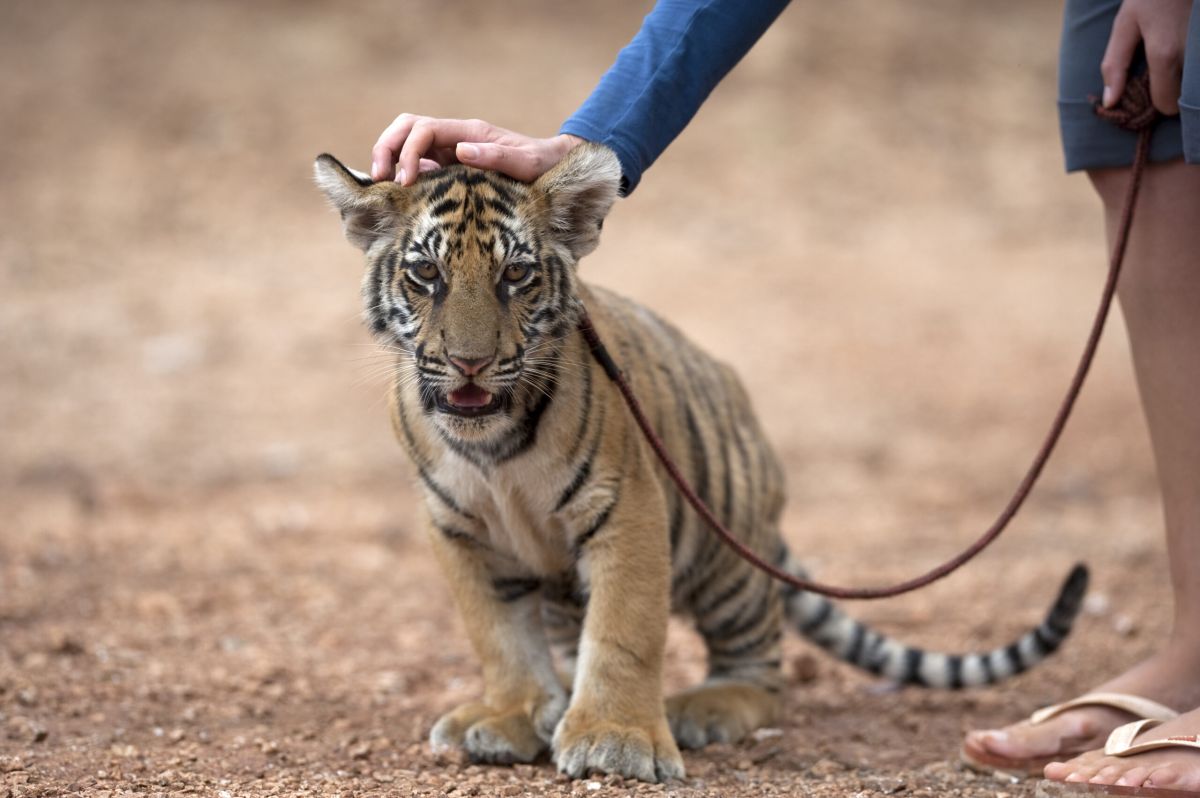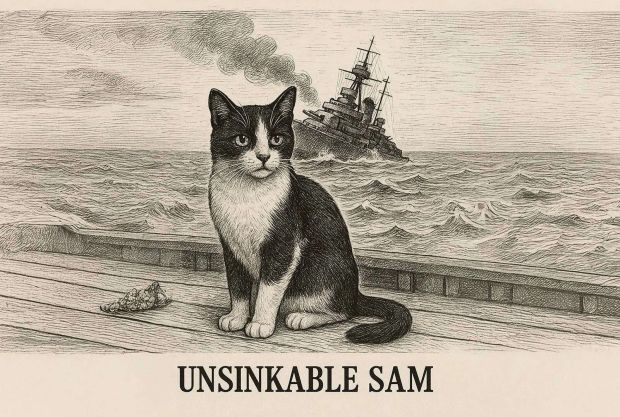The Dangers of Cub Petting: A Closer Look at an Increasingly Controversial Practice

In recent years, the trend of cub petting—where people interact closely with young, often exotic animals like lions, tigers, and bears—has gained popularity around the globe. Many individuals flock to facilities that offer the chance to hold or cuddle with adorable cubs, captivated by their cuteness and allure. However, beneath this surface-level charm lies a multitude of ethical, safety, and welfare concerns that merit serious consideration.
The Illusion of Safety
First and foremost, it is crucial to recognize that cub petting involves significant risks to both humans and animals. The allure of interacting with baby wild animals can obscure the potential dangers associated with such practices. While cubs may appear tame and harmless, they are still wild animals with instincts that can kick in at any moment. Even young animals, especially as they grow and mature, can act unpredictably. While accidents may seem unlikely, handling these wild species poses unmistakable risks.
There have been numerous incidents of injury reported in facilities that promote cub petting. Tigers and lions, even at a young age, possess powerful jaws and claws capable of causing serious harm. Staff members at these attractions often highlight that they have extensive training; however, the unpredictability of animals, particularly as they reach adolescence and adulthood, makes any encounter inherently risky.
The Ethical Implications
Beyond safety concerns, there are significant ethical issues surrounding cub petting. The practice often relies on exploitative breeding strategies aimed at ensuring a steady supply of cubs that can be used for human interaction. This leads to a host of welfare concerns for the animals involved. Cubs are frequently removed from their mothers shortly after birth, depriving them of essential maternal bonding and nurturing. The conditions in which these animals are raised can vary widely, but many facilities prioritize profit over the well-being of the animals, leading to overcrowded enclosures and inadequate care.
Moreover, once cubs grow too large to participate in petting experiences, many may end up in facilities that cannot provide proper care or are sold off for other exploitative purposes, such as the exotic pet trade or even hunting. The life of a cub used for petting often ends in tragedy when it is no longer of use to its owners.
Psychological and Behavioral Consequences
Cub petting experiences can also have detrimental effects on the animals’ psychological well-being. Continuous exposure to humans and stimuli outside their natural environment can lead to stress and anxiety in these wild animals. This unnatural interaction can hinder their natural development and behavior, making it difficult for them to integrate into their species after such experiences. Stress signals, including pacing, vocalizing, and aggression, have been documented in animals raised in captivity under such conditions.
Young wild animals are also deprived of opportunities to learn important skills for survival in the wild when subjected to a life of human handling and confinement. Those that are raised in petting zoos may become ill-equipped to interact with other animals or thrive in their natural habitats if they are ever released.
Advocacy and Alternatives
As awareness grows about the dangers and ethical ramifications of cub petting, many animal welfare organizations are advocating against the practice. They emphasize the importance of supporting sanctuaries and accredited wildlife rehabilitation centers that prioritize animal welfare and focus on education rather than entertainment.
Alternative experiences, such as wildlife safaris, responsible wildlife tours, or virtual encounters, can allow individuals to appreciate and learn about these magnificent creatures without compromising their safety or well-being. Through educational programs, the public can become informed about the genuine needs of wild animals and the importance of conservation efforts that protect their natural habitats.
Conclusion
In summary, while the appeal of cub petting is undeniable, the dangers associated with the practice are substantial and multifaceted. From the safety risks posed to humans and animals alike to the ethical quandaries surrounding animal treatment and welfare, it is critical to rethink and challenge this trend. Supporting responsible wildlife education and conservation efforts rather than exploitative practices ensures that the beauty of these wild animals can be appreciated without compromising their well-being. By prioritizing the welfare of these magnificent creatures, we take a step toward a more humane and ethically sound approach to wildlife interaction.



